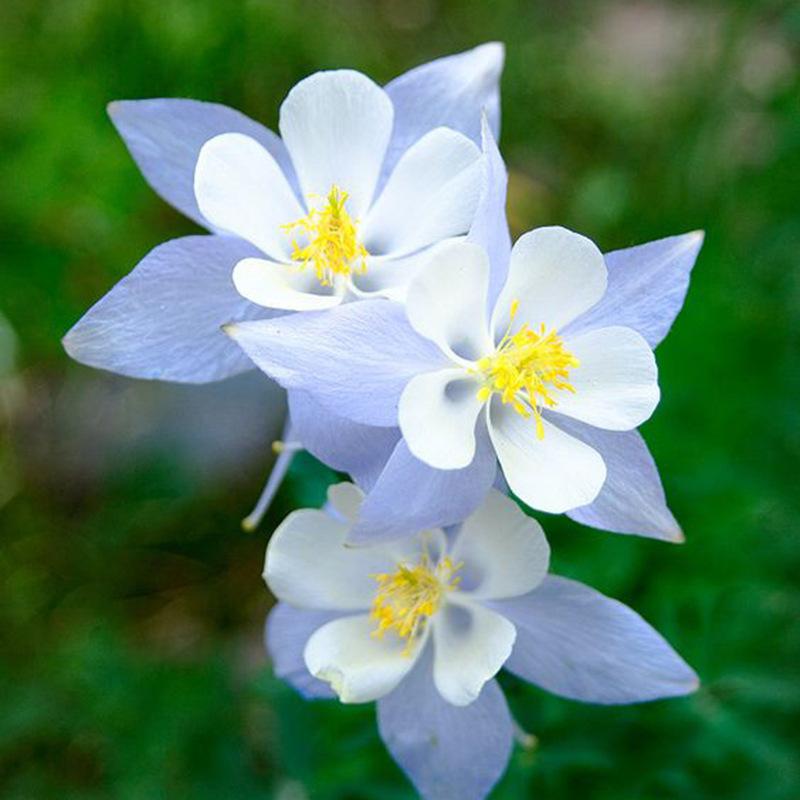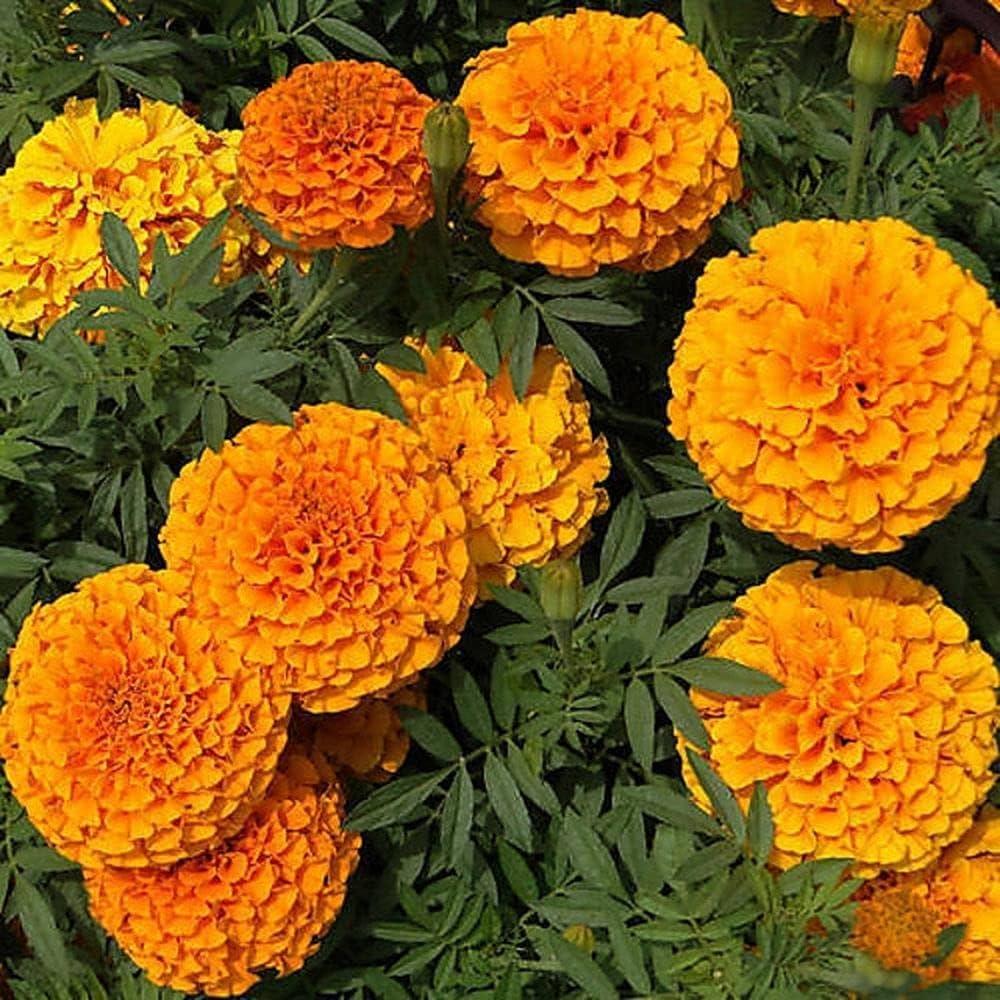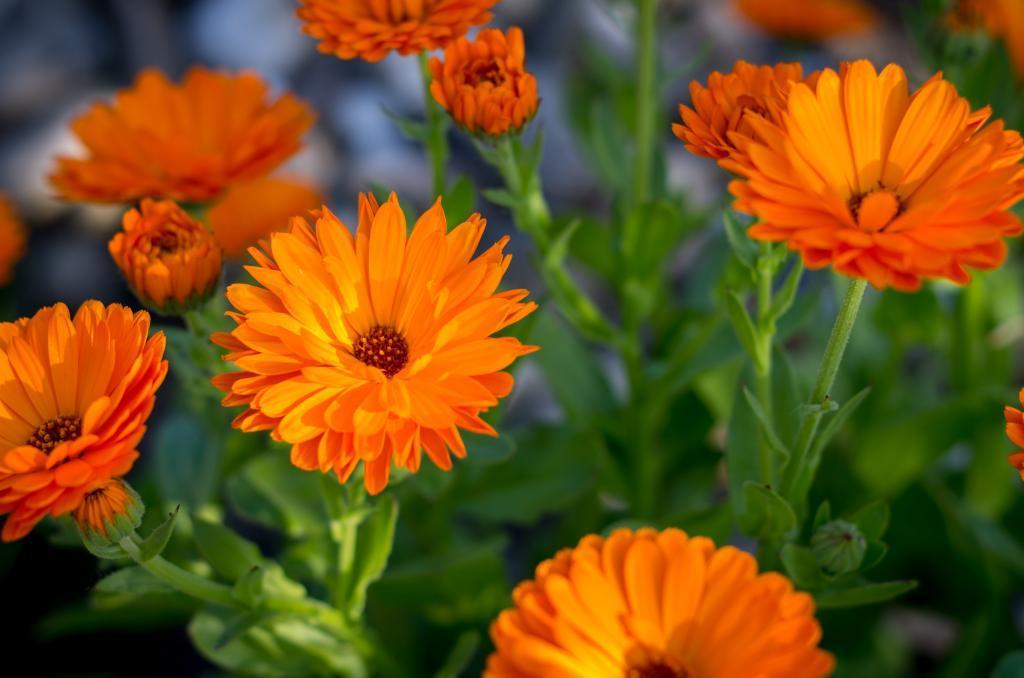Flagellariaceae is a family of flowering plants that is known for its interesting story. It is believed that these plants were named after the Latin word “flagellum,” which means whip, due to their long and thin leaves that resemble whips.
One fascinating aspect of the Flagellariaceae family is the way in which the plants have evolved to survive in their natural habitats, which are often swampy areas with high water levels. The plants have developed unique root systems that help them to anchor themselves in the soft mud and extract nutrients from the water.
Another interesting fact about Flagellariaceae is that some species have traditionally been used for medicinal purposes by indigenous communities in Southeast Asia. Extracts from certain plants in the family have been used to treat a variety of ailments, including fever and respiratory infections.
Overall, the Flagellariaceae family is a fascinating example of how plants have adapted to thrive in unique and challenging environments.
Picture
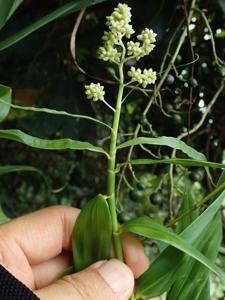
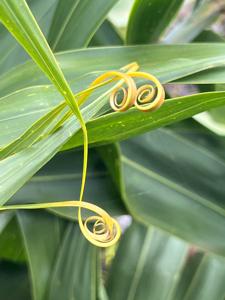
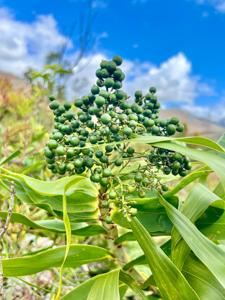
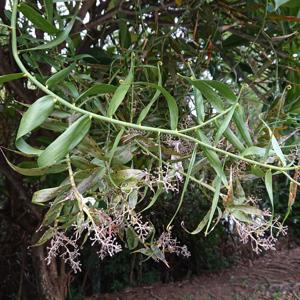
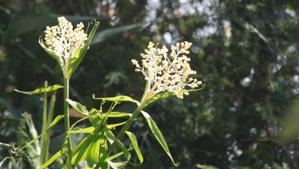
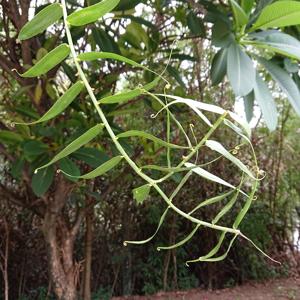
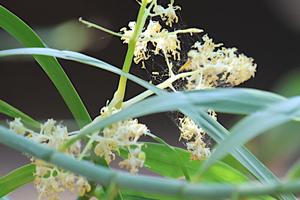
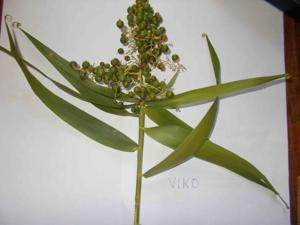
Plant some seeds now!
Short Description
Flagellaria is the sole genus in the flowering plant family Flagellariaceae with only five species. The family has historically been recognized by few taxonomists. The APG II system, of 2003 (unchanged from the APG system, 1998), does recognize such a family, and assigns it to the order Poales in the clade commelinids, in the monocots.
Flagellaria consists of only five known species, found in the tropical and subtropical regions of Asia, Africa, Australia, and various island of the Pacific and Indian Oceans.

